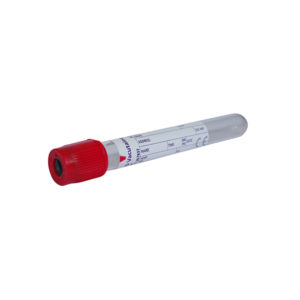The South West London Pathology (SWLP) laboratory at Croydon Hospital will be the first in the world to use an analyser from the Werfen ACL TOP 700 series. The ACL TOP 570 has anew and improved design and can run more tests every hour.
Vitamin E
| Category | Biochemistry |
|---|---|
| Reporting frequency | 2 weeks |
Lab Tests Online UK
Lab Tests Online - UK is a website written by practising laboratory doctors and scientists to help you understand the many clinical laboratory tests that are used in diagnosis, monitoring and treatment of disease.
- Search Tests

